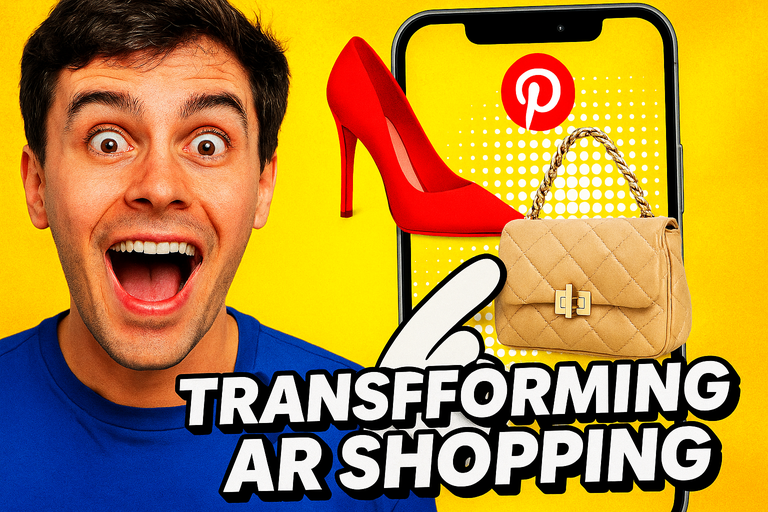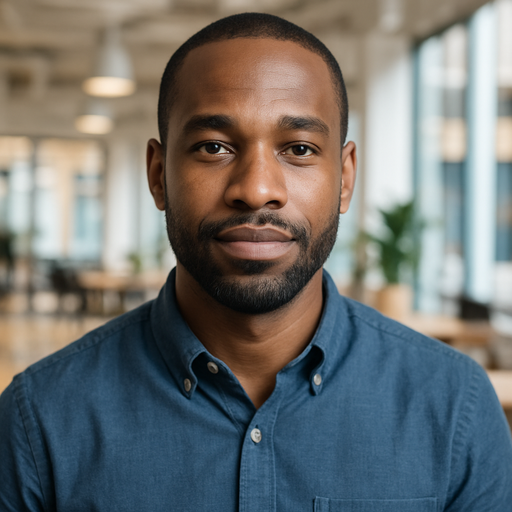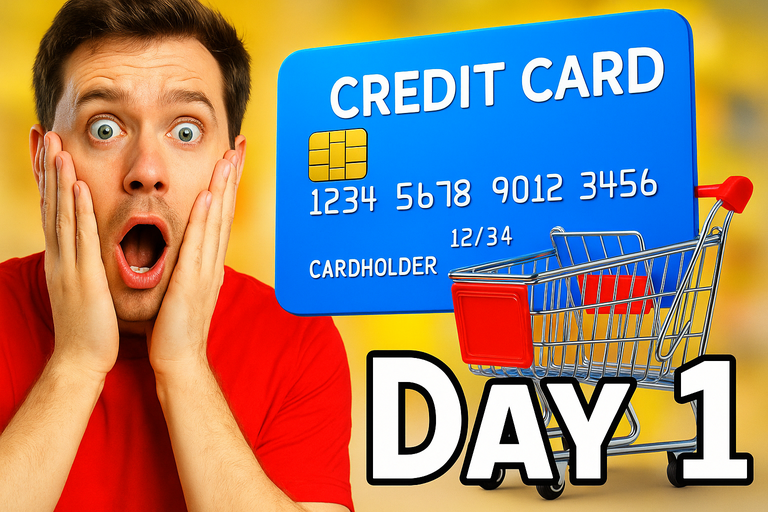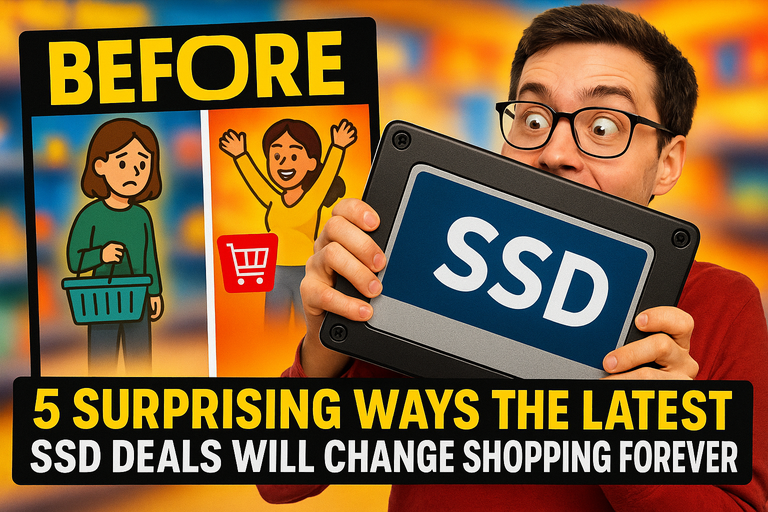
Imagine logging into Pinterest and, instead of just seeing the usual wall of perfectly curated images, you suddenly find yourself immersed in a stream of influencer-driven shopping content—picked for you, by you, and with a vibe that feels almost tailored. Sounds futuristic? It’s not. It’s happening right now, and the shockwaves are rippling through the worlds of social, influencer marketing, and AR-driven e-commerce.
Here’s the headline: Pinterest just announced a partnership with affiliate shopping platform LTK, allowing high-performing influencer posts to land directly in Pinterest feeds. (If you want the original scoop, check out The Verge's article.) But what does this really mean for the future of online shopping, especially at a time when AR tools are blurring the line between browsing and buying?
Let’s break down why this is more than just another platform update—and why every e-commerce brand and tech innovator should be paying close attention.
The Data Behind the Disruption: Why Now?
Let’s get analytical. According to Statista, 70% of Pinterest users turn to the platform for inspiration before making buying decisions. Combine this with Influencer Marketing Hub’s 2025 forecast that influencer marketing will be a $25 billion industry, and you have a collision course for major change.
- Inspiration is currency: Pinterest isn’t just a mood board; it’s the first step in the consumer journey.
- Influencer authenticity drives sales: Consumers trust creators they follow more than ads, especially for fashion, beauty, and home goods.
- AR shopping is skyrocketing: Shopify reports that products viewed in AR have a 94% higher conversion rate than those without.
So what’s the missing link? Direct shoppability—and that’s exactly what this Pinterest x LTK partnership is aiming to deliver.
The Open Loop: What Happens When Personalization Meets AR?
Here’s the million-dollar question: If influencers are now seamlessly integrated into Pinterest feeds, how soon until shoppers demand even more personalized, interactive shopping experiences?
Remember the days when trying on a product online meant little more than clicking a color swatch? Now, we’re looking at:
- Virtual try-ons with your own images
- AI-driven style suggestions
- Seamless transitions from inspiration to purchase
Which brings us to a technology quietly making waves: the XP9 Chrome extension. Unlike traditional shopping tools, this innovative extension lets users insert their own photos into Amazon product images—so you can see what you’d look like in that jacket or with those headphones, right on the product page.
This isn’t just gamification—it’s giving users agency in a shopping journey that is often impersonal. If you’re curious about how easy and fun this can be, take a look at XP9’s interactive preview tool, which takes AR shopping from novelty to necessity for anyone who wants to shop smarter, not harder.
The Big Picture: Platform Ecosystems Are Evolving
Pinterest’s latest move isn’t happening in a vacuum. Here’s what the broader landscape looks like:
- Social platforms are doubling down on shoppable content. TikTok, Instagram, and Snapchat have all launched new features for influencer-led commerce. Pinterest’s integration with LTK is just the next logical step.
- Retailers are scrambling to keep up. With 80% of Gen Z shoppers saying they want personalized product recommendations, the pressure is on to offer more interactivity, more authenticity, and more real-time shopping experiences.
- Tech startups are closing the gap. Tools like XP9 aren’t just helping users imagine their purchases—they’re making seeing the product on yourself as easy as a Chrome click. This bridges the emotional gap from ‘maybe’ to ‘yes, that’s for me!’
What Does This Mean for You?
If you’re a brand: Expect shoppers to demand influencer credibility with AR-driven interactivity. The brands that activate both will win.
If you’re an influencer: The bar for content is getting higher—being authentic is vital, but showing real-life product use (enhanced with AR or personalization tools) will boost engagement and conversions.
If you’re a shopper: You’re entering an era where your inspirations, your favorite creators, and your personalized previews all converge on one screen. Shopping, in 2025 and beyond, will be as much about seeing yourself in the story as it is about the products themselves.
The Takeaway: The Future Is Personalized, and It’s Already Here
Pinterest’s integration of LTK’s influencer content marks a pivotal shift: personal inspiration is merging with personal visualization. AR shopping tools—particularly those that let you see yourself in the product, like XP9—will define the next generation of online retail.
So, next time you scroll through Pinterest and see a look you love, don’t just pin it—imagine trying it on. The tools are here, the creators are ready, and the platforms are opening their doors.
Are brands and shoppers ready to step into this hyper-personalized, AR-driven future? Or, more importantly: Are you?
Drop your thoughts below and let’s talk about what you want to see—and try on—next.


